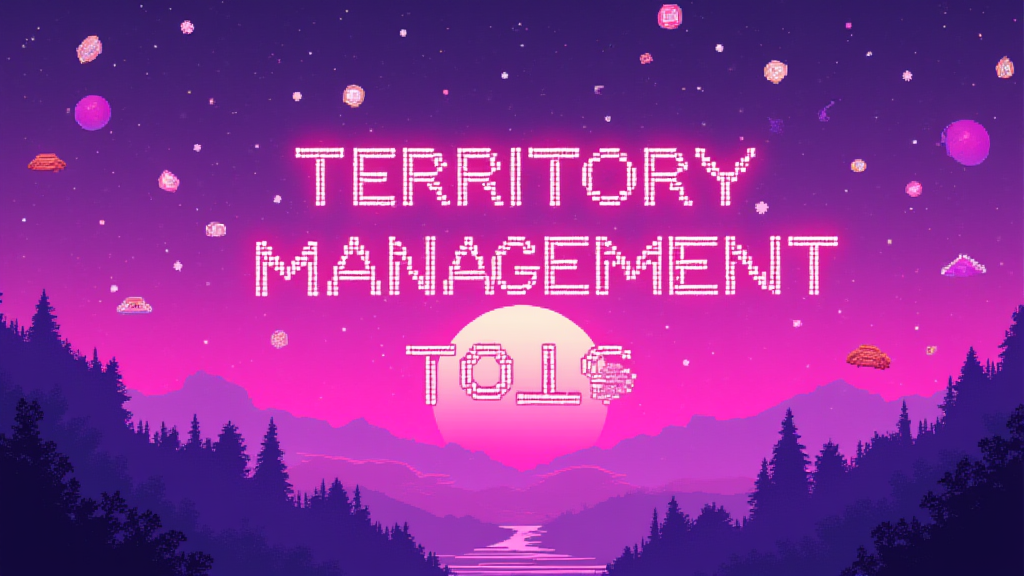Territory Management Tools: Optimize Sales Coverage

Published on: October 01, 2024
Territory management tools are software solutions designed to help sales organizations efficiently divide, assign, and manage geographical or account-based sales territories. These tools enable businesses to optimize their sales coverage, balance workloads, and maximize revenue potential.
Why Territory Management Tools Matter 🌍
Effective territory management is crucial for sales success. Here's why these tools are essential:
- Improve resource allocation
- Increase sales productivity
- Enhance customer coverage
- Reduce territory conflicts
- Facilitate data-driven decision making
Key Features of Territory Management Tools 🛠️
The best territory management tools offer a range of features to streamline sales operations:
1. Geographical Mapping
Visualize territories on interactive maps for easy planning and adjustments.
2. Account Segmentation
Group accounts based on various criteria such as industry, size, or potential value.
3. Workload Balancing
Equitably distribute accounts among sales reps to ensure fair opportunities.
4. Performance Analytics
Track and analyze territory performance to identify areas for improvement.
5. Integration Capabilities
Seamlessly connect with CRM and other sales tools for a unified workflow.
Benefits of Implementing Territory Management Tools 📈
Organizations that leverage these tools can expect:
- Up to 30% increase in sales productivity
- Improved sales rep satisfaction and retention
- Enhanced customer experience through better coverage
- More accurate sales forecasting
- Reduced administrative overhead
Choosing the Right Territory Management Tool 🎯
When selecting a territory management tool, consider the following factors:
| Factor | Importance |
|---|---|
| Ease of use | High |
| Integration capabilities | High |
| Customization options | Medium |
| Reporting and analytics | High |
| Mobile accessibility | Medium |
Common Challenges in Territory Management 🚧
Even with the best tools, organizations may face challenges:
- Resistance to change from sales teams
- Data quality issues affecting territory assignments
- Balancing fairness with strategic priorities
- Adapting to market changes and company growth
Overcoming these challenges requires a combination of robust tools, clear communication, and ongoing optimization efforts.
Implementing Territory Management Tools: Best Practices ✅
- Clearly define your sales strategy and objectives
- Involve key stakeholders in the planning process
- Ensure data cleanliness and accuracy
- Provide comprehensive training for all users
- Regularly review and adjust territories based on performance data
By following these best practices, organizations can maximize the benefits of their territory management tools and drive sustainable sales growth.
Questions to Consider for Your Sales Stack 🤔
As you evaluate territory management tools for your organization, ask yourself:
- How well do our current territories align with our business goals?
- What metrics should we use to measure territory performance?
- How can we ensure fair and balanced territory assignments?
- What level of customization do we need in a territory management tool?
- How will we integrate territory management with our existing sales processes and tools?

















